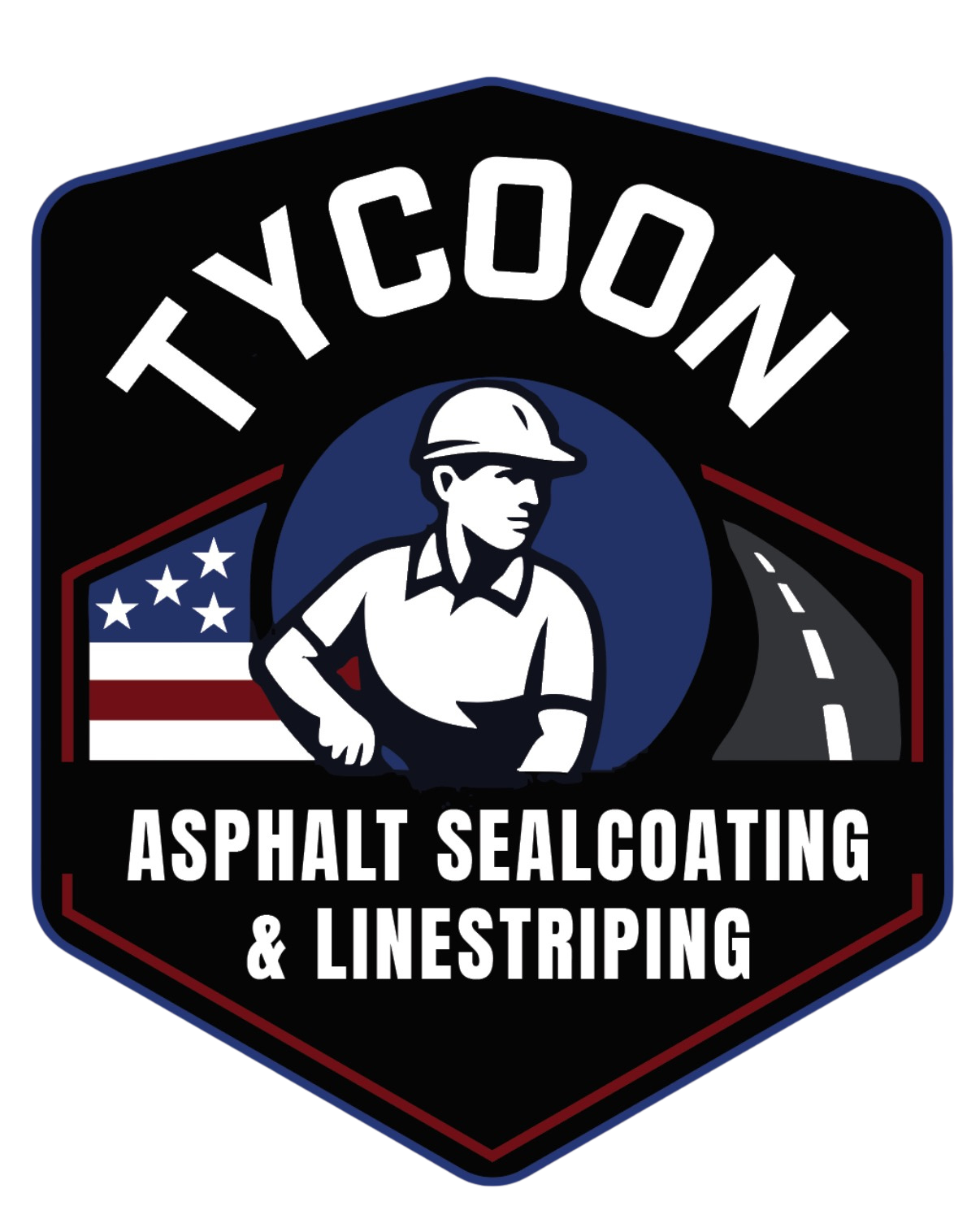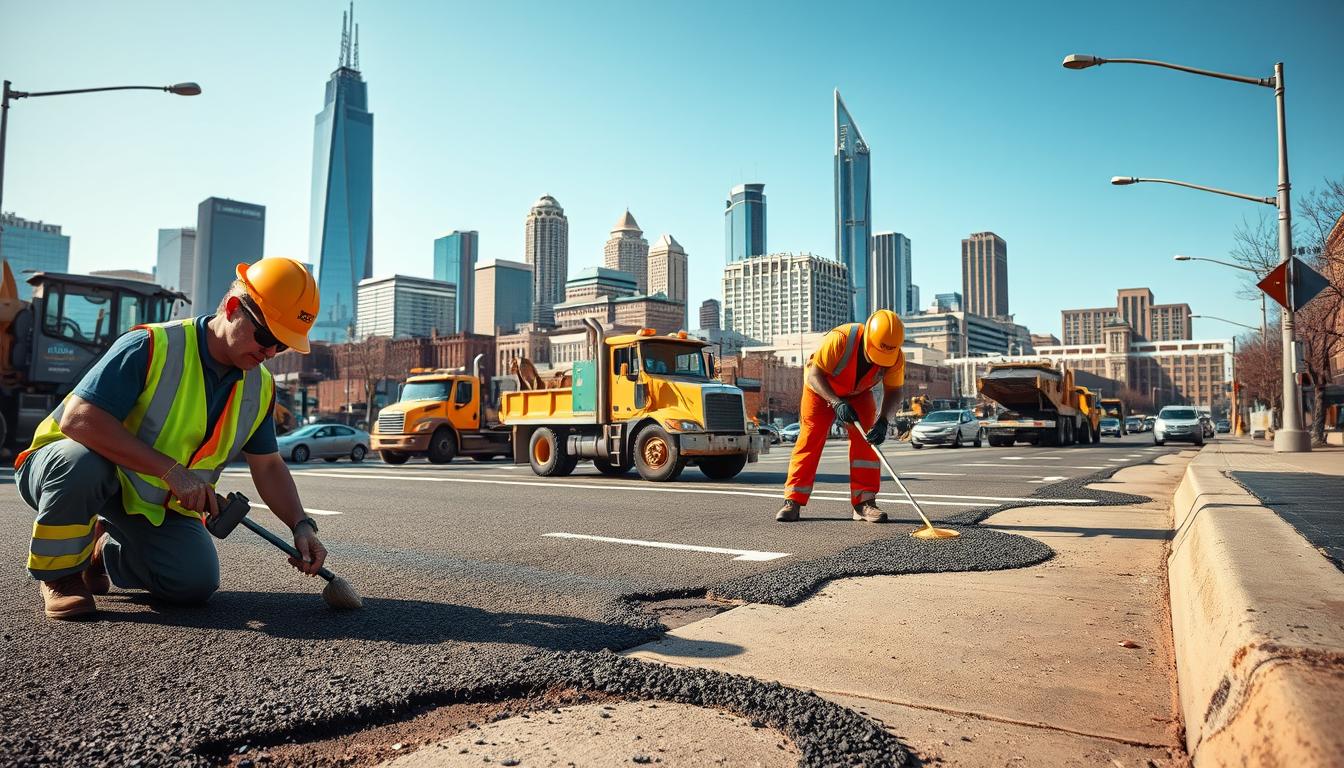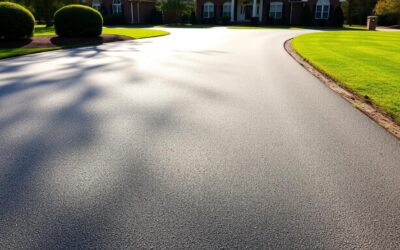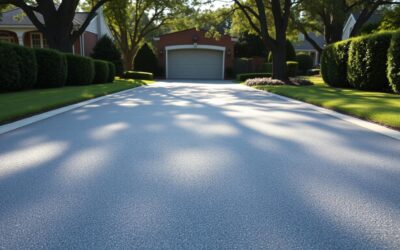We walk you through how we evaluate common repairs so your pavement gets the right solution at the right time. Charlotte parking lots and roads face recurring cracks, potholes, and base failures from water intrusion, traffic loads, UV oxidation, and shifting soil.
Our approach matches conditions to options: durable hot mix for high-traffic areas, cold patch for winter or emergency stopgaps, infrared to blend old and new, full-depth when the base needs rebuilding, crack sealing to keep water out, and milling with overlay when the structure is sound.
We set clear expectations on lifespan and performance. Cold patch often lasts 6–24 months, sometimes only 6–12 months in busy lots. Hot mix and full-depth work deliver longer life when weather and scheduling allow.
Safety, prep, compaction, and drainage matter as much as material. We explain when we can act same day and when waiting for warm weather gives a more lasting repair.
What’s Really Damaging Your Charlotte Pavement Right Now
Before we recommend any fix, we diagnose the forces that are breaking down your pavement right now. That helps us decide whether a simple surface repair will do or if the foundation needs work.
Water, freeze-thaw, and Charlotte’s 43 inches of annual rain
Charlotte gets about 43 inches of rain a year. Water runs into small cracks and weakens the base below. When temperatures drop, trapped water freezes and expands. That pries the surface apart and speeds up damage.
Traffic loads, UV oxidation, and foundation movement
Heavy and repeated vehicle loading pushes material down and creates ruts and depressions. Sunlight oxidizes the binder, making the asphalt brittle and more likely to form cracks.
Shifting or weak foundations telegraph upward as alligator cracking or spreading potholes. Standing water and poor drainage worsen every issue. Spotting isolated cracks, small potholes, or shallow depressions early lets us target the real cause — surface wear or deeper base failure — so the right repair and drainage fixes are chosen first.
asphalt patching methods charlotte: Pros, Cons, and Best-Use Scenarios
Here’s a clear breakdown of repair types, when to pick them, and what to expect from each.
Cold patch (cold mix): emergency, winter-friendly, short-term
Cold patch installs without heating, so we place it fast in bad weather or for immediate pothole control. It restores safety and keeps traffic moving, but it is temporary and often lasts 6–24 months depending on traffic and compaction.
Hot mix asphalt patching: durable, seamless, high-traffic ready
Hot mix work involves sawcutting, cleaning, tack application, placing heated mix, and compaction. This technique creates a water-tight, long-life repair that holds up under heavy loads for 8–15+ years.
Infrared, full-depth, crack sealing, and milling options
Infrared blends softened existing material with fresh mix for quick, clean results and minimal waste. Full‑depth patching removes failed base and rebuilds the subbase for structural failures. Crack sealing blocks water and extends life. Milling and overlay refresh a worn surface when the structure is sound.
How We Pick the Right Repair for Your Parking Lot or Drive Lanes
We begin with a short, focused inspection that maps each damaged area to the best fix. Our goal is durable solutions that protect safety and keep your parking functional.
Match repair to damage type
We classify damage as linear cracks, potholes, ruts, or alligatoring. That tells us whether surface sealing, a hot mix repair, or a full structural rebuild is required.
Traffic and safety risk
High-load zones like loading docks and main drive aisles get priority. We stabilize these areas fast to reduce trip hazards and vehicle risk.
Weather, drainage, and foundation
Winter work may need temporary stopgaps, while warm months allow permanent asphalt work for better compaction. If the foundation or subgrade is weak, we recommend full-depth fixes, not layered overlays.
Budget, downtime, and equipment
We balance short-term costs with lifecycle value. Our crew sizes and equipment match your property so repairs finish on time with minimal closures.
From Quick Patch to Permanent Repair: Step-by-Step Approaches We Use
Our crews follow simple, proven steps to turn a quick safety fix into a lasting repair. We match the work to site limits, traffic, and the true cause of the damage so the repair holds longer.
Cold patch how-to
We begin by removing all debris and moisture from the damaged area. We square the hole so the material keys into sound edges.
We place the patch in lifts, compacting each layer tightly. Compacting each lift prevents settlement and raveling later.
Hot mix asphalt workflow
We sawcut the boundary and clean the base, then apply a tack coat. We place hot mix asphalt while it is hot, then compact to a smooth finish.
We verify density with multiple compaction passes and confirm the repair sits flush with the surrounding area.
Infrared blending basics
Infrared uses controlled heating to soften the existing surface. We lute the softened material, add fresh mix where needed, and re-compact for a seamless join with no sawcuts.
We pick the right equipment and technique for each area, document the steps, and set safe reopening times so the new work performs as expected.
Charlotte Weather, Traffic, and Drainage: Real-World Factors That Change the Outcome
Real-world forces like rain, heat, and turning loads often decide whether a repair lasts or needs rework. We look at how local weather and usage affect service life and set practical expectations for each area of a parking lot.
Freeze-thaw and summer heat: why cold patches loosen sooner
Freeze-thaw cycles let trapped water expand and pry bonds apart. Cold repairs lose grip faster after multiple freezes.
Hot summer days soften poorly compacted material. That makes temporary repairs deform under load and shorten time in service.
Heavy vehicle routes and turning movements accelerate wear
Repeated stops, tight turns, and loading docks concentrate stress on a small surface. Heavy truck routes and sharp turning patterns speed up damage and pothole growth.
Poor drainage and standing water shorten repair lifespans
If water sits on a repair it will find seams and work downward. We recommend minor grading or added inlets where ponding undermines work.
When possible, we schedule permanent hot work in warm, dry weather for better compaction. Emergency fixes stabilize hazards now; planned hot mix delivers the multi-year durability most properties need.
Preventative Maintenance That Extends Pavement Life
A steady maintenance plan keeps your lot safer and reduces long-term expense. Small actions now cut the chance of big failures later and protect your pavement value.
Crack sealing cadence to block water and stop pothole formation
We use hot-applied crack sealants to keep water out of the base. This quick, cost-effective step slows deterioration and lowers the odds of later potholes.
Sealcoating cycles for UV protection and surface renewal
Sealcoating every few years refreshes appearance and shields the surface from oxidation and wear. Regular cycles extend life and delay costly overlays.
Regular inspections and targeted small-area repairs
Routine cleaning and inspections let us spot hairline cracks and minor depressions early. We prioritize small, targeted repairs that protect structure and defer major capital work.
We also watch drainage, re-stripe after maintenance, and document each visit with photos and notes. For a practical maintenance checklist and timing guidance, see our tips to maintain your aging asphalt driveway.
Bundling sealcoating, crack work, and quick surface repairs gives better value and less downtime. That coordinated approach is one of the simplest, most effective solutions to extend life and reduce safety risks.
Choosing a Charlotte Asphalt Repair Partner You Can Trust
A trustworthy repair partner brings clear plans, proper gear, and reliable materials. We combine local experience with open proposals so your property gets the work it needs without surprises.
Experience, equipment, material, and compaction standards
We use modern equipment and proven material to meet density and finish goals. Our crews follow compaction standards that match the chosen process and site loads.
When warm weather improves durability, we schedule hot mix work for optimal compaction. We also bring infrared heaters, rollers, and traffic control tools to finish the area right.
Permits, warranties, and transparent scopes
Our proposals list the area to be addressed, layers, timeline, and expected outcomes so you know exactly what to expect. We handle permits when required and manage staging to keep your parking lot usable.
We stand behind our work with warranty terms that reflect the method and expected lifespan. After close-out we offer maintenance guidance to help you avoid future issues and plan longer-term upkeep for your property.
Ready for Safer, Smoother Pavement? Let’s Plan the Right Fix Today
Get a clear path from emergency stabilization to long‑lasting repairs for your parking lot. We start with a quick visit to secure any pothole hazards and keep customers safe.
Next, we present options: infrared, milling and overlay, full‑depth work, or hot mix repairs. We explain the difference each technique makes for your property and timeline.
We handle debris control, edge prep, heating, placement, and compaction so the surface performs as intended. We also check foundation and drainage to prevent repeat issues.
Call us to schedule a site visit today. We’ll give a clear estimate, warranty details, and a maintenance plan to stretch your budget and time.




0 Comments